Russian authorities have rejected Estonia’s allegations that three of its fighter jets entered Estonian airspace. The Russian Defence Ministry insists the aircraft stayed over neutral waters in the Baltic Sea, more than three kilometres from Estonia’s Vaindloo Island, and never deviated from an approved flight path.
Key Claims & Counterclaims
- Estonia’s Position: Tallinn says three Russian MiG-31 fighter jets crossed into its airspace near Vaindloo Island. The jets are alleged to have loitered there without transponders active and failed to communicate with Estonian air traffic control. Estonia describes this as an “unprecedentedly brazen” violation, lasting about twelve minutes.
- Russia’s Response: Moscow maintains that the flight was from Karelia to its Baltic exclave, Kaliningrad, conducted in compliance with international aviation law. It asserts that no borders were breached, that the flight path was not altered, and that the aircraft remained over neutral Baltic waters.
NATO & Regional Reactions
Estonia has formally protested the alleged incursion and requested consultations under Article 4 of the NATO treaty, which allows alliance members to seek consultations when they believe their territorial integrity or security is violated. NATO aircraft were scrambled in response to the reported breach.
Allied countries and EU members have expressed concern, labeling the incident a dangerous escalation given recent airspace incidents in neighbouring NATO nations.
Strategic and Security Implications
This episode contributes to growing tension in the Baltic region, where border incidents—air and drone—have become more frequent. It raises difficult questions about air surveillance, rules of engagement, and what constitutes provocation versus routine military activity.
The disagreement also underscores the challenge of proving airspace violations: measurements of flight paths, distance from territorial markers, and communications all become critical. Independent monitoring and verification are likely to play a major role in how this dispute evolves.
What To Watch Next
- Whether NATO will formally conclude that Estonia’s airspace was violated, based on shared radar or satellite data.
- Potential diplomatic steps or sanctions in response to the alleged incursion.
- How Russia’s military flights over bordering seas will be managed or monitored going forward.
- Reactions from neighbouring countries and any increase in air policing or readiness in the region.

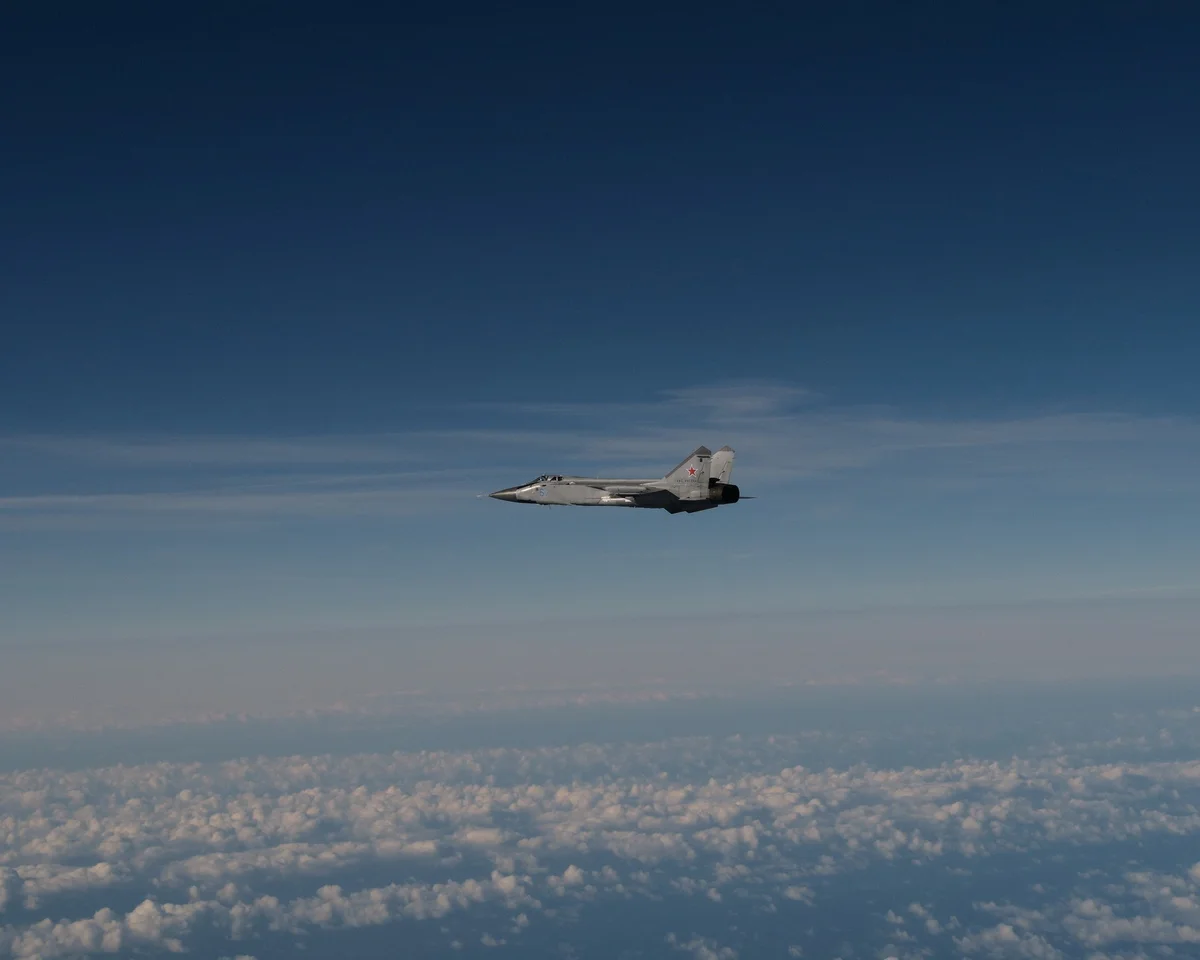

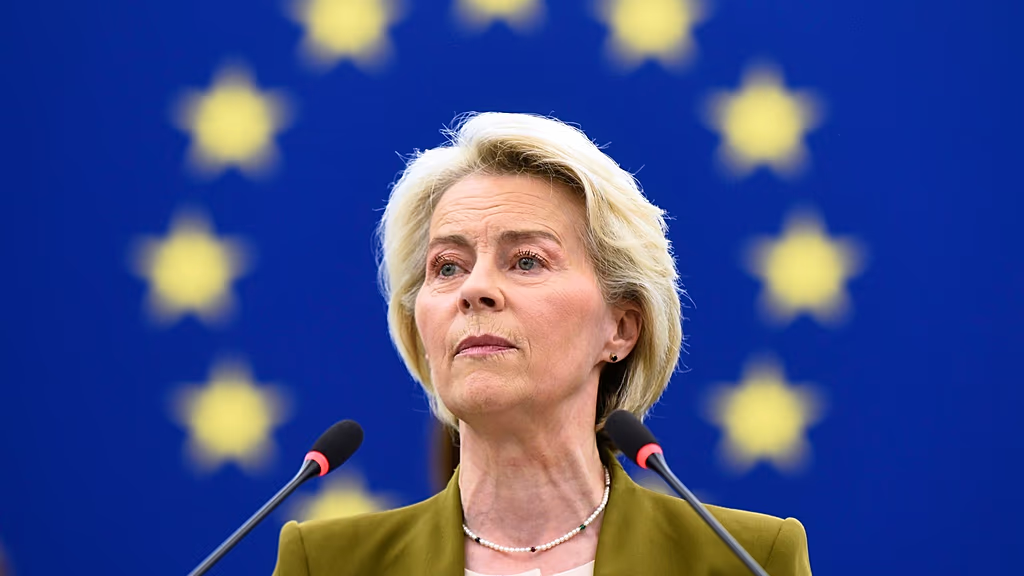

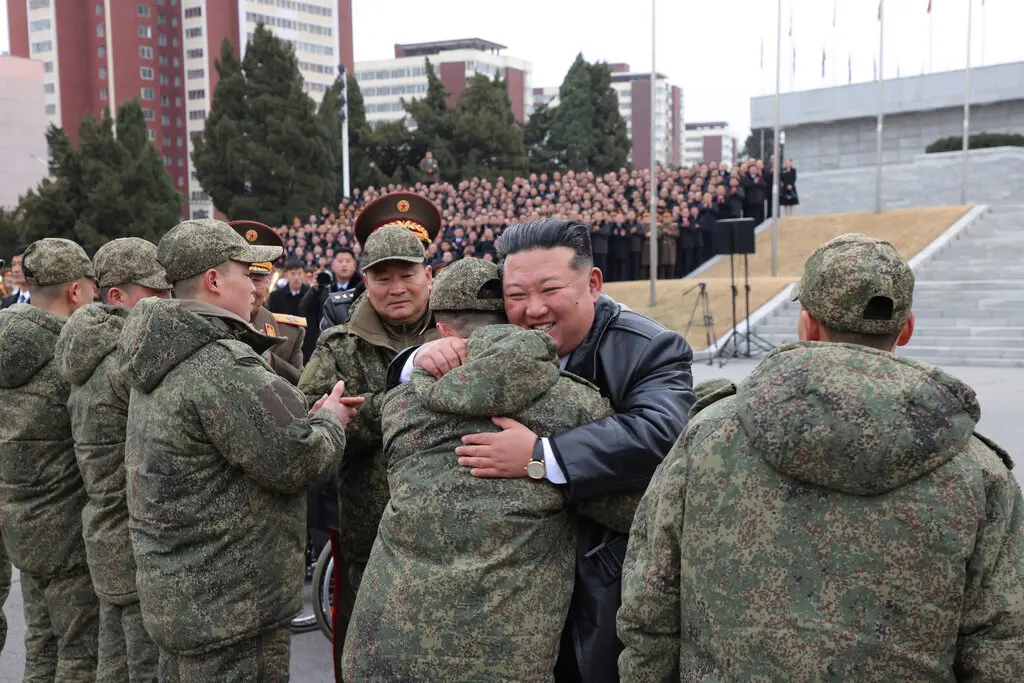

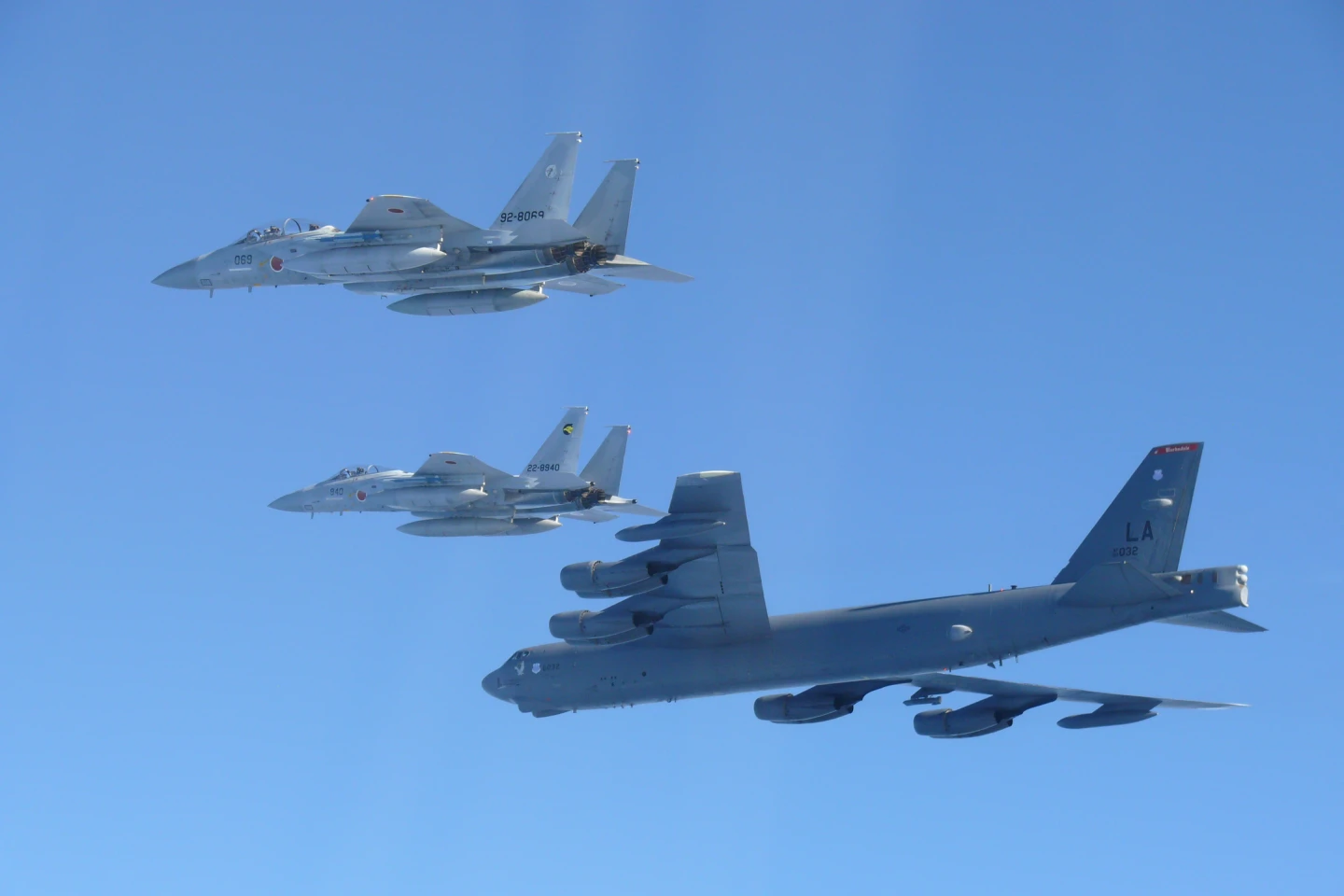

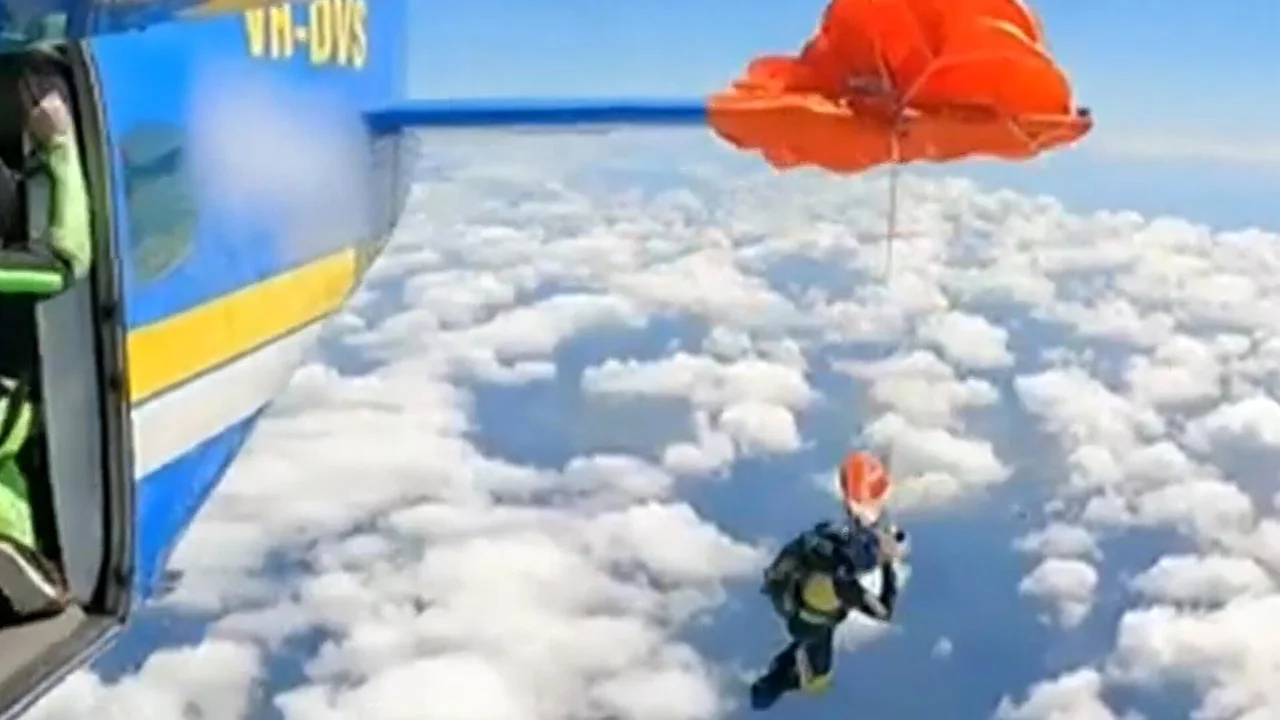
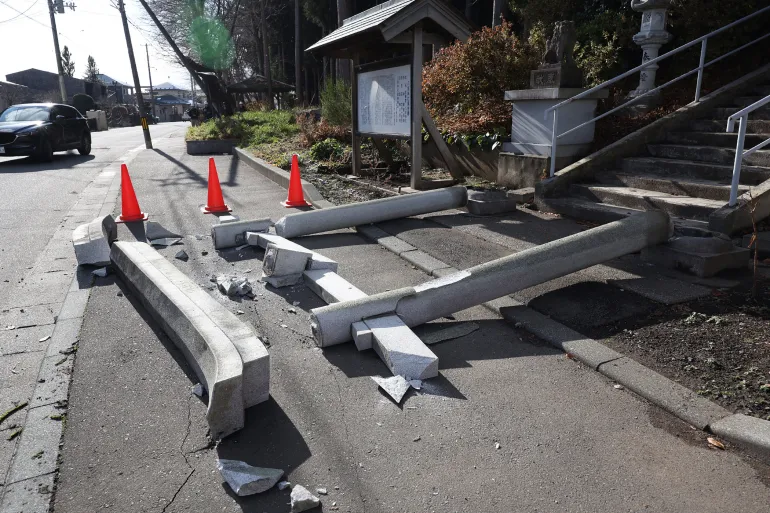

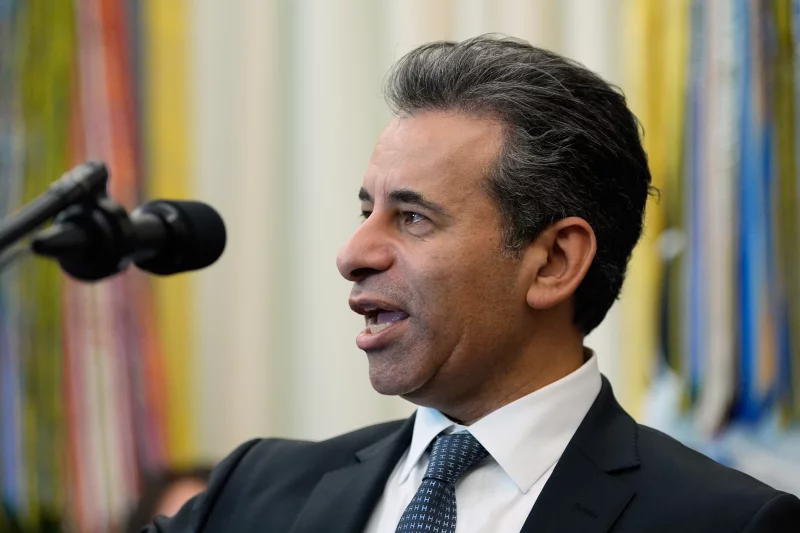

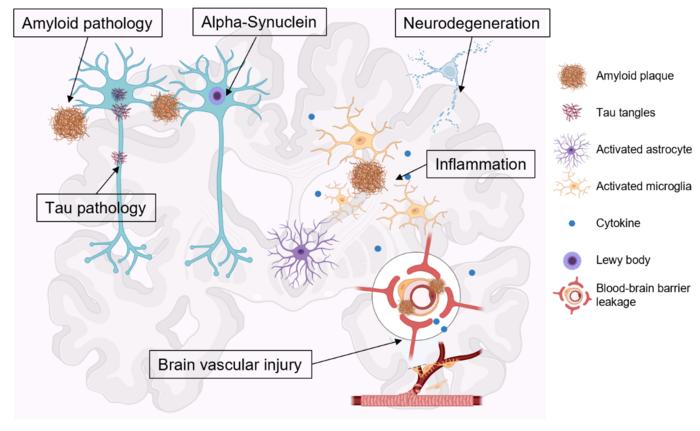

Leave a Reply